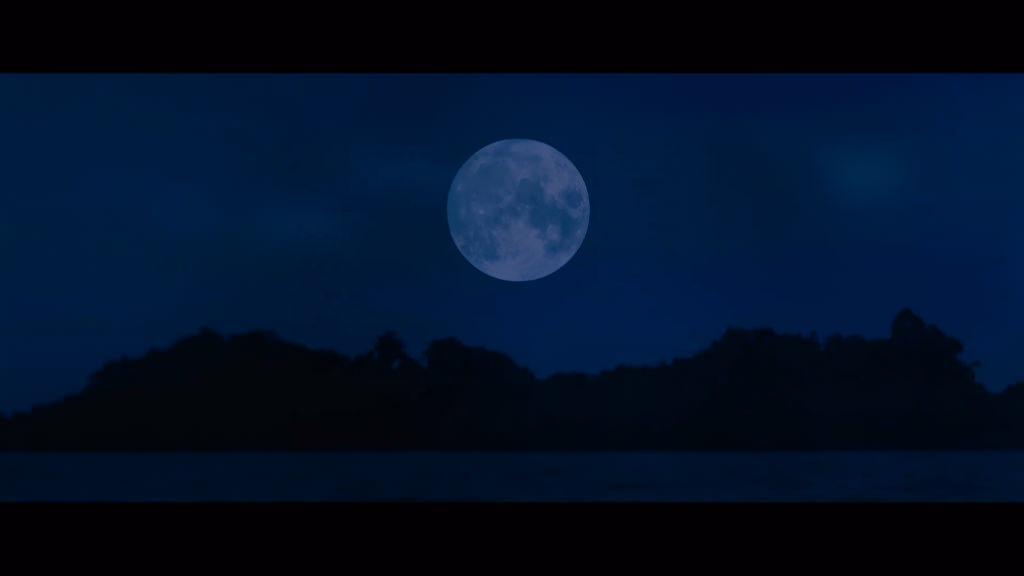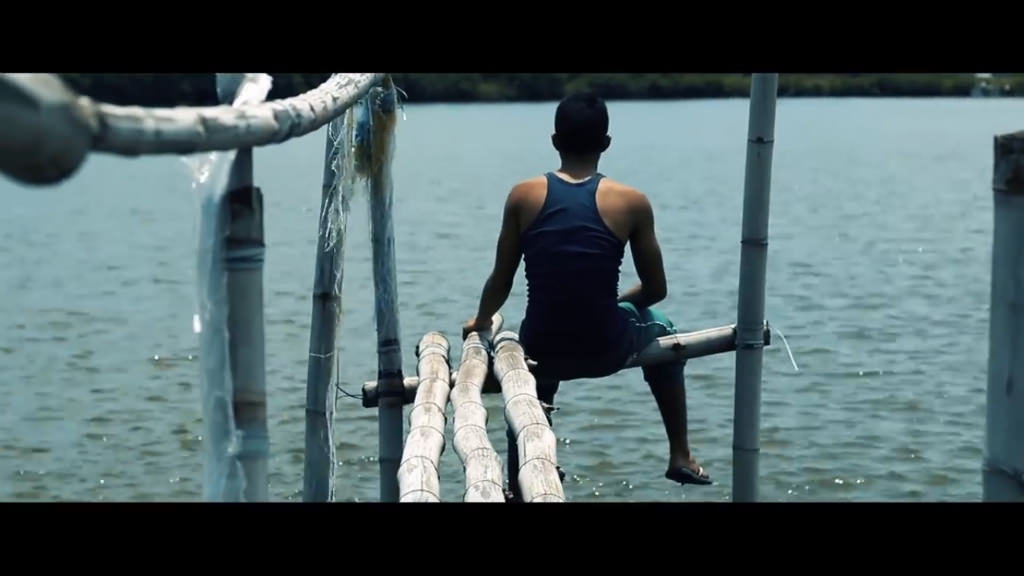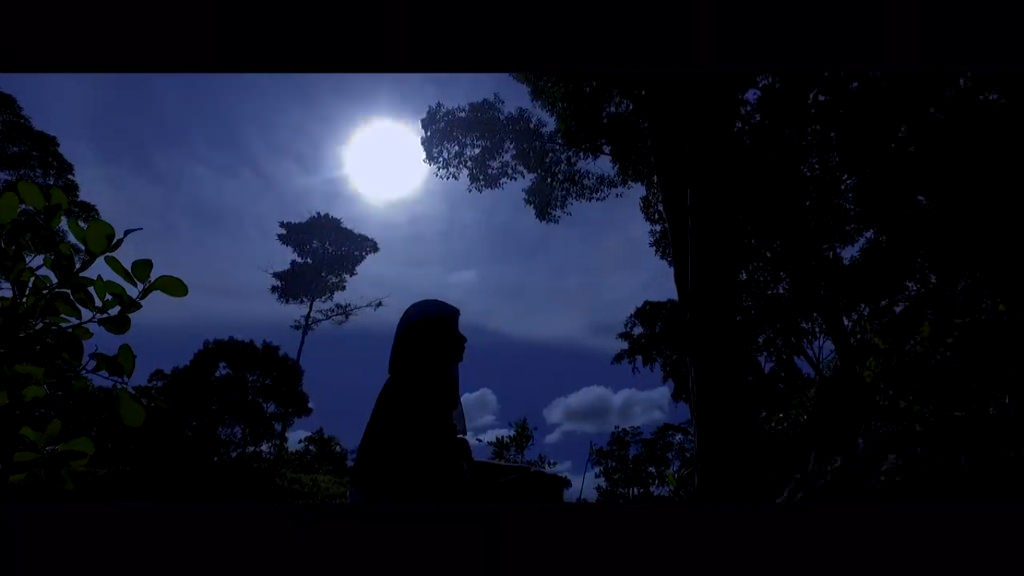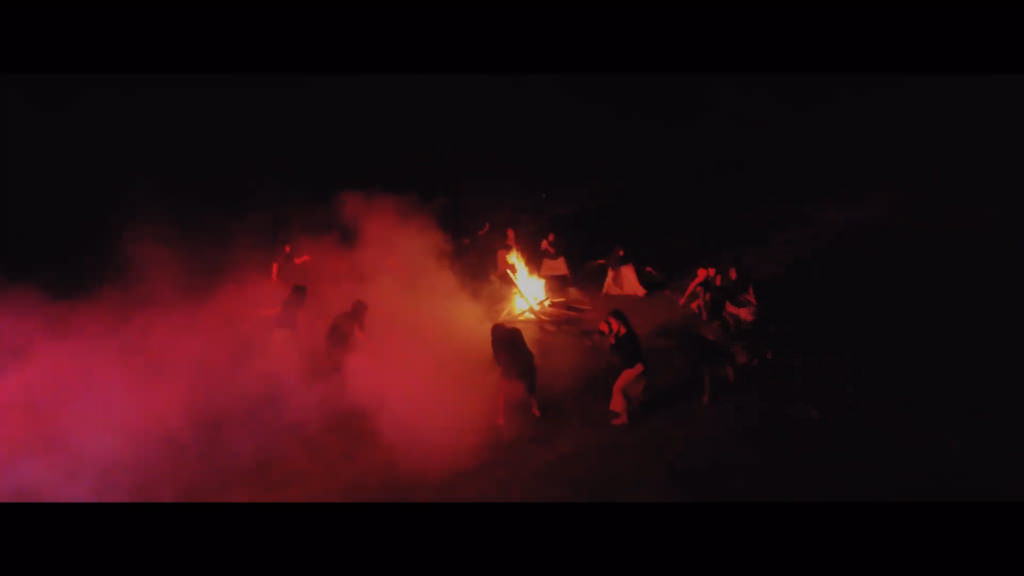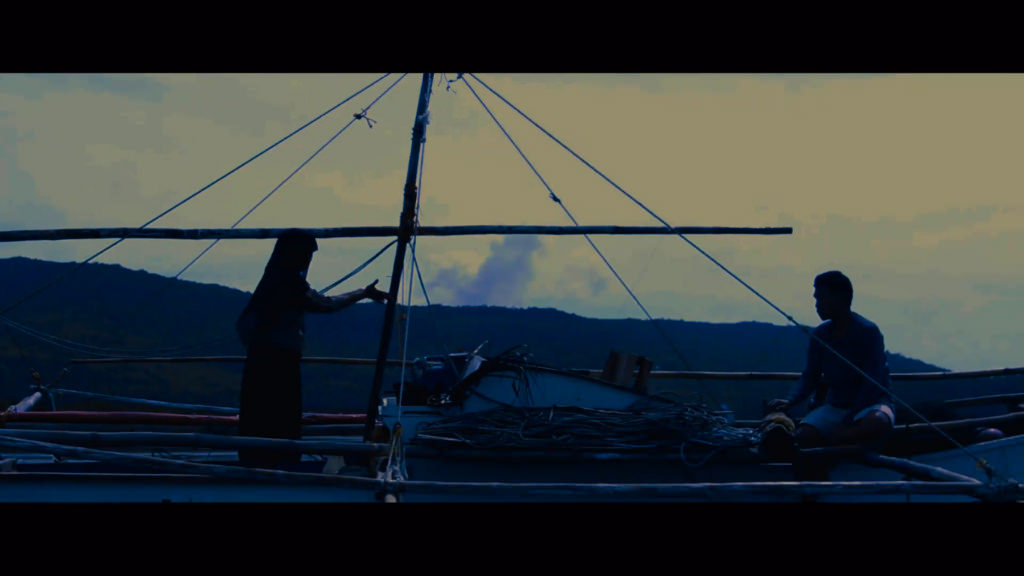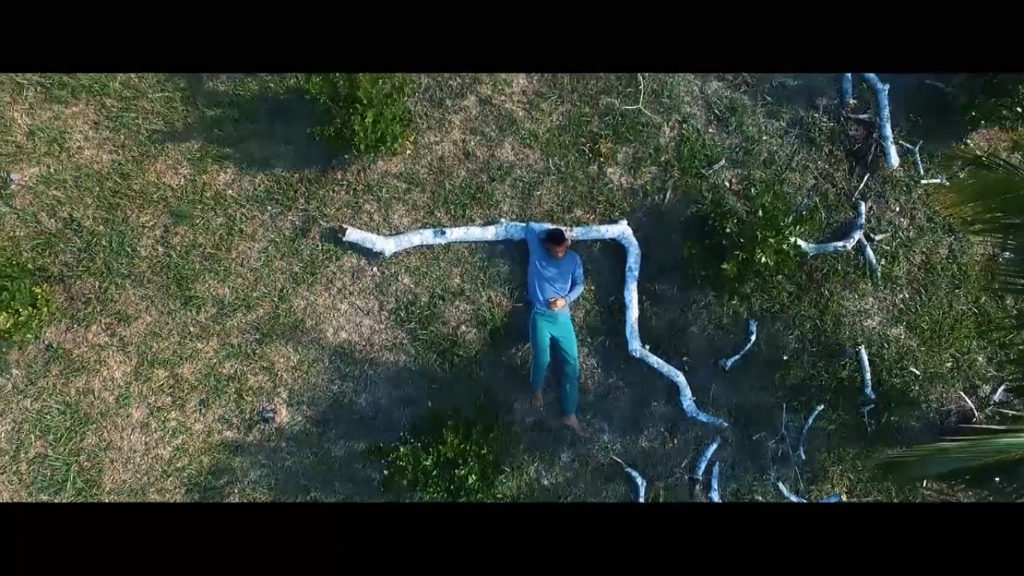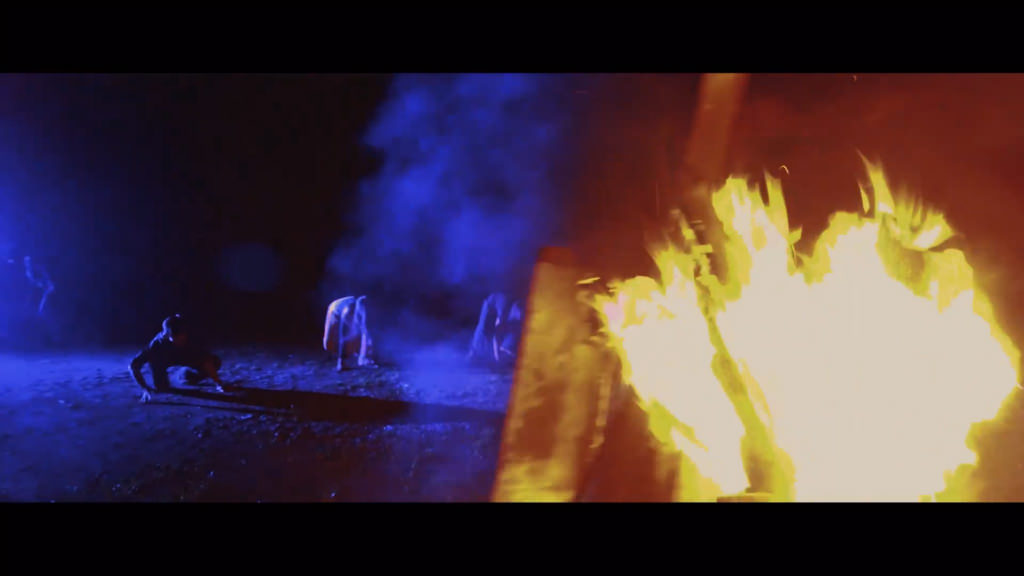The moon is mysterious. It has become a muse to many writers, perhaps including Ugsad’s director and writer, Kenneth Borlan. He brings to life the fantasies surrounding the mystery of what he imagines when the moon reaches it’s full, in a film that seemingly applies all figures of speech into visuals.
Ugsad is a riddle laden film. Each frame and line that the characters throw are put together to usher the resolution. The writer plays with the magical characters, doubling as common life people. An old woman, who seems to appear to have known the mystery but ostensibly reluctant to tell the tale. She instead gives a warning, which pulls the tone of the film to a thrilling level. A fisherman who blacks out under the full moon. What happens during that moment he loses consciousness gives rise to the riddle that the audience is led to guess. A group of aswangs dances, choreographed as if it is an opera, surrounding a bonfire that seems like it could explode any minute. The audience wonders how this scene integral to the story. Then the frame goes back to the old lady’s warning “sa idalom sang ugsad ang tanan hublas” or “under the full moon, every one is naked”. The line is repeated in the film from a warning, to a plea and almost to a prayer.
Overall, the film is very poetic. The frames has their own visual music. The rise and fall of the mood have their own fluid flow like a poetry. The ending is a shot of the big moon over the sea, on the background is the beautiful music created for the film, concluding the thrill, the calmness, and the mystery.

